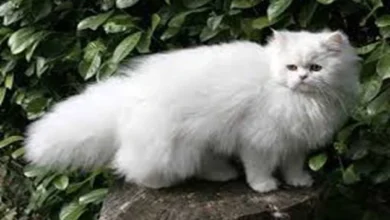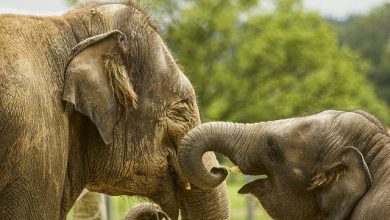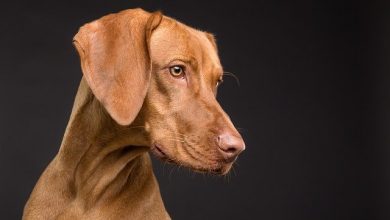White horses in mythology
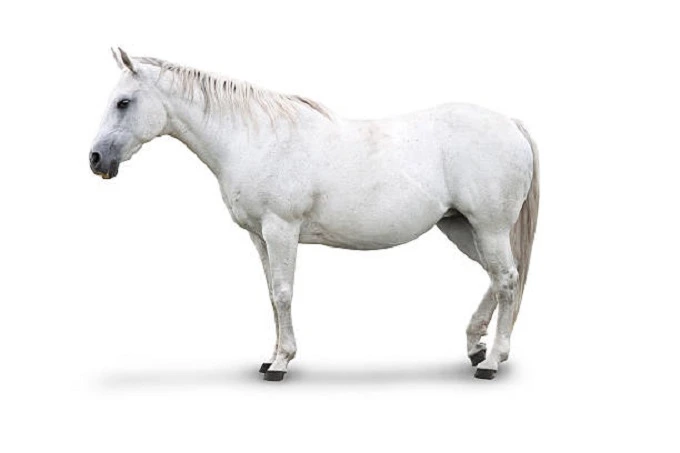
Horses were present in all countries, in all beliefs, rituals, and beliefs in one form or another. The White Horse, which represents sunshine, life, and purity in all of its expressions, played an important part in people’s lives throughout history.
Ancient Indian, Celtic, Slavic and other myths include stories about mythological horses. Horses were given the ability to see into the future and predict things. These creatures were a representation of beauty and elegance and loyalty and a passion for freedom. They represented the elemental energies of fire, water, and wind and the energy of the human spirit. According to the Bible, the horse is God’s most perfect creature.
The horse was adorned in Indo-European mythology, where it was shown with deities and their qualities in a prominent position.
The color of a horse has an impact on its symbolic meaning. The white horse represented the best in human aspirations and deeds. It’s no surprise that the mythical White Horse of Desires from German folklore only helped people who desired something.
- The white horse represented the Sun and white light and the components of air, sky, water, fire, reason, and purity.
- The ancient Greeks, Persians, and Scandinavians were all known for their flaming chariots drawn by white horses, and they were not alone.
- Christ was often represented riding a white horse, which symbolized the Savior’s compassion, bravery, and triumph over the enemies.
- The Buddha was associated with the white horse, which served as a sign of enlightenment.
According to what you may be aware, horses first came to Africa and America with the arrival of colonial powers. Therefore, the indigenous people identified this animal with the supremacy of the dominating civilizations.
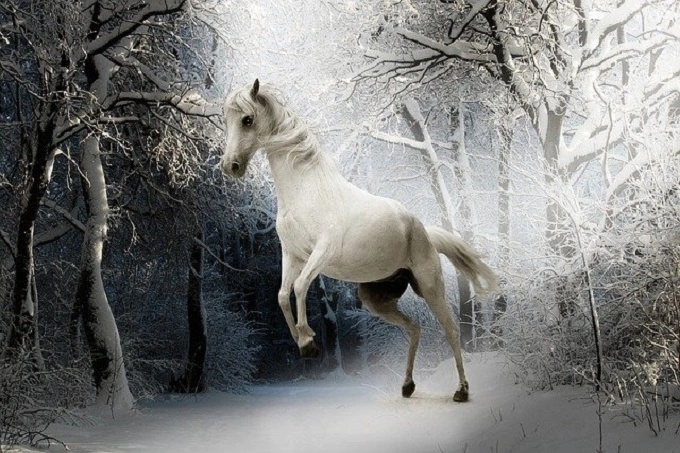
Interesting to note is how a new deity arose among the Indians of South America, which is unusual. The beloved horse of the conqueror Cortes was injured in the leg. Cortes was forced to leave him in the care of the king of the city of Tayasal, with the instruction that he should keep an eye on it.
The Indians took the best care of the horse they could (after all, they had no previous experience with horses): they put it in a temple, poured flowers on the shrine, and gave the horse meat. As a consequence, the horse died from its injuries. The city’s fearful king ordered the artisans to create a replica of the horse out of stone, which they duly completed. When the monument was completed, it was placed in a prominent location in the city.
Since then, the Indians have gained a new deity, who has risen to become the second most significant deity in the universe after the rain god. Several Native American cultures still value horses.
The flying Pegasus is the most well-known horse from mythology. He was given Pegasus because he was born in the water, which translates as “stormy current” in Greek. Pegasus shot up into the sky after just a few steps on the ground and flew at the speed of the wind for the rest of the day. It struck off the springs of inspiration that the poets were drawing on by stamping on the earth with his hoof.
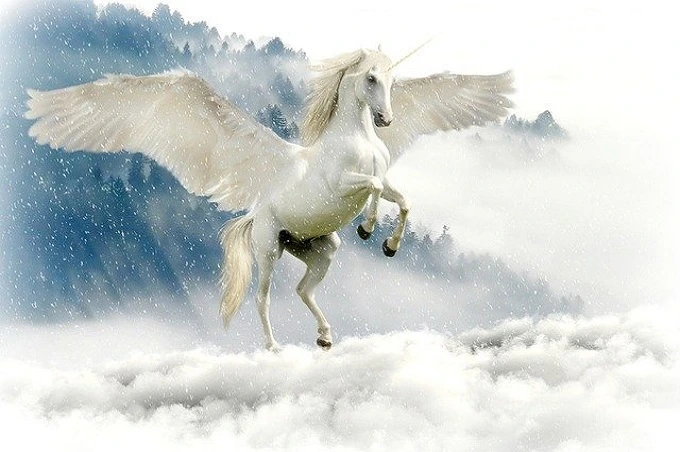
Pegasus has done a great deal in its life. Astronomers named the constellation( Cygnus) after him, located southeast of the constellation.
The Unicorn, a mythological white horse that appears in medieval folklore and tales, is often featured. This horse’s forehead was adorned with a single, long horn that was straight and straight. The Unicorn was thought to represent spiritual purity and chastity, and it was regarded as a harbinger of good fortune.
In 2008, a male roe deer with a single straight horn that grows in the center of the forehead was discovered in Italy, proving that unicorns indeed exist. The animal was moved to a conservation facility in the city of Prato to ensure its long-term survival and well-being.
As tradition has it, the White Stallion of the Great Plains, a great spirit associated with the grasslands of North America, still roams the prairie of the continent. They were slaughtered by warriors from a hostile tribe in ancient times, despite the presence of the famous horse of the Native Americans. The horse has taken on the girl’s spirit, and it now travels alone over the grasslands of North America.
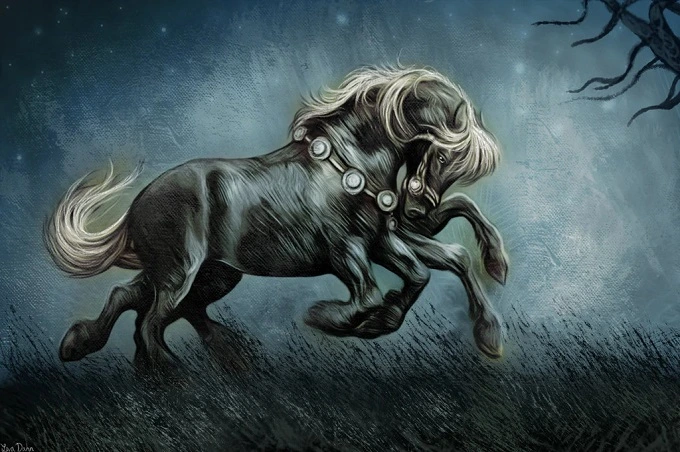
One of the most important figures in Germanic and Scandinavian mythology is the holy white horse connected with Odin’s eight-legged horse, the God of thunder and lightning. The horse’s name was Sleipnir, and he was a magnificent creature.
There is mythology regarding how it came to be. One of the giants made a vow to the gods that he would construct walls around their city of Asgard, which was located in the heavens. The giant sought the help of his horse Svaðilfari, to complete the task. The giant wanted the Sun, the Moon, and the goddess Freya as payment for the building of the wall, which was completed in three days.
In order to avoid paying such a huge charge, the clever God Loki transformed into a gorgeous mare and diverted the horse’s attention away from his duties. Consequently, the giant failed to finish the project on time, and Loki was granted the possession of a magical foal, whom he called Sleipnir. He rose to become the quickest horse on the planet, and he was capable of riding on land, water, and the air.
God Odin always rode Sleipnir, with two wolves running beside him on each side and two ravens flying behind him, reporting to God on everything that happened in the universe.
Sventovit, the Slavic deity of war and fertility, rode a white horse considered sacred. Even though it was in the temple, it was thought that the horse went to war with enemies every night. It’s interesting to note that the white horse was covered in mud the next morning – it seems that the temple’s employees were staunch fans of the concept of the sacred horse as a warrior against enemies.
After the sacred horse was carried to a three-row formation of spears, it was used to foretell the result of the war. If the horse’s initial step was taken with the left foot, it foretells misfortune; if it was taken with the right foot, it foretells good fortune.

In Welsh mythology, Rhiannon, the goddess of horses, rode a beautiful white horse. She has the ability to summon mystical white birds, which she could send to the battlefield. The soldiers’ wounds were cured due to the birds. They sang calming melodies for those who could not be spared from death so that the dying would not be tormented in their last hours of life.


